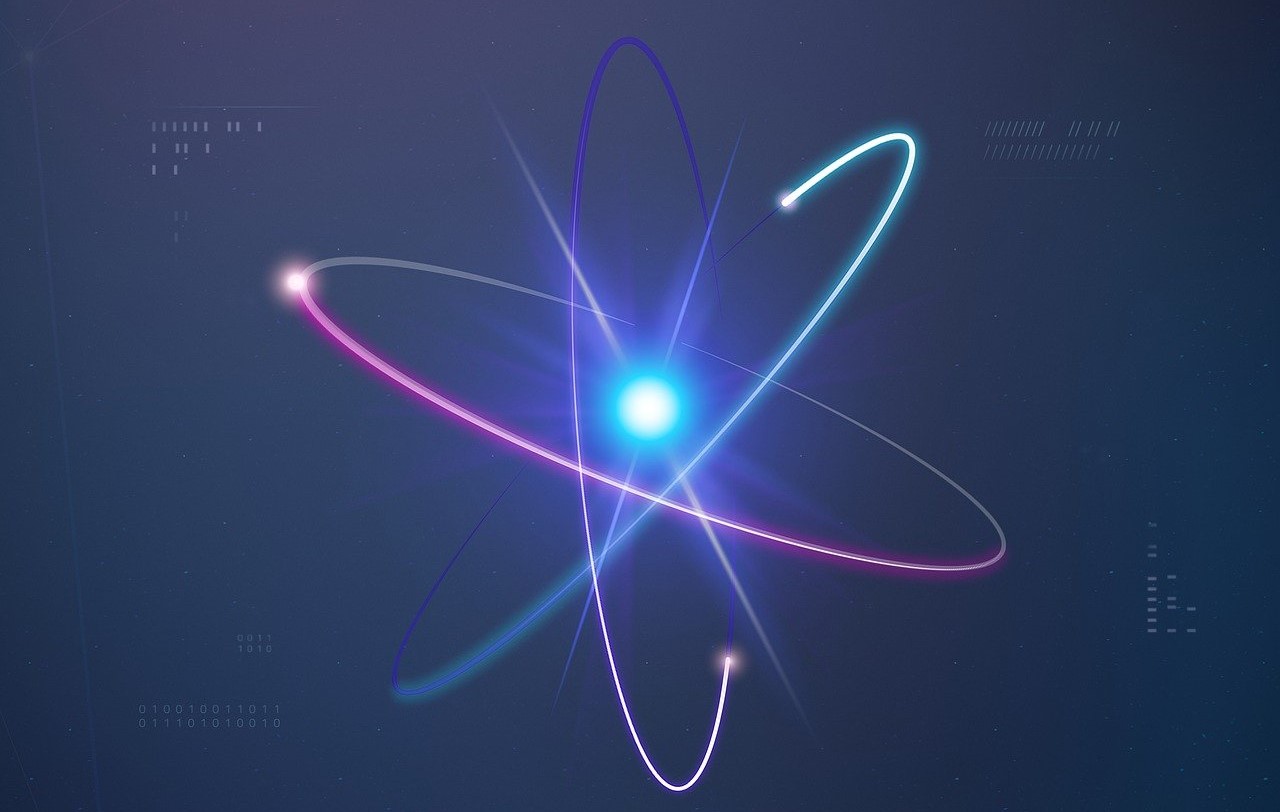From Indivisible Atoms to a Universe of Particles: A History of Discovery

Historical Perspective
Humans have long held to the idea of matter being formed of fundamental particles. Democritus named these building blocks atoms from the Greek ‘Atmos’ meaning indivisible. All the objects we see in our reality should be formed of these atoms. English physicist John Dalton was the first scientist to lay down a persuasive argument for the existence of atoms in 1808. Certain elements always combined in the same proportion to form specific compounds(like the 2 to 1 ratio of hydrogen and oxygen in water). If matter was infinitely divisible, the combinations could be in any proportion. However, little did Dalton know that the atom was divisible and that there were even more fundamental particles.
Soon between 1897 and 1932, the three subatomic particles were discovered: electrons, protons, and neutrons when physicists were able to produce rays of the particles and to observe their qualities. The atom was now said to be made of these three fundamental particles.
What Is Elementary?
Out of the three subatomic particles, only the electron qualifies as a fundamental particle that is indivisible. In 1964, the two physicists Murray Gellman and George Zweig independently discovered Quarks. The proton and neutron were said to be composed of these particles. This was the start of a range of discoveries of the 61 elementary particles that form the basis of Particle Physics. All these are contained in the ever-expanding Standard Model Of Particle Physics.
The Standard Model
The Standard Model is like the periodic table of particle physics. It is divided into two parts:
Fermions and Bosons
Fermions are matter and anti-matter particles. These include 6 flavors of Quarks including Up, Top, and Strange which combine to form Hadrons like protons and neutrons. Fermions also contain Leptons like electrons, neutrinos, Tau electrons, and Tau neutrinos that exist independently. The fermions also contain anti-particles of all the particles like anti-neutrino. These anti-particles have masses identical to their corresponding particles but have opposite charges. When these particles and their anti-particles collide in our reality, they both cancel mass of each other out and are converted to energy. Bosons are interaction/force carriers. They are not matter particles but rather they mediate the interaction between fermions which constitute matter. These include photons that are responsible for electromagnetic force, Higgs Bosons that give mass to other particles, Gluons that mediate strong nuclear force, and W & Z Bosons that mediate weak nuclear force.
Significance:
These elementary particles combine to form the fabrics of the cosmos. They are responsible for the matter that we see and the forces acting on it. The research on such particles is carried out in huge laboratories like the CERN in Switzerland, and Super-Kamiokande in Japan. However, we still do not understand fully how these function together and the search for other particles has been underway.
Similar Post You May Like
-

CFCs, HFCs and their long, troubled history
At its peak, the ozone hole covered an area 7 times larger than the size of Europe, around 29.9 million km2, and was rapidly expanding
-

The Origin of Universe: Deciding point where it all began!
Let us unravel and surf through the ideas throughout ages to understand what the universe and its origin itself was to its inhabitants across history.
-

The Artemis Program
Inspired by the Greek goddess of the Moon, twin sister to Apollo, the artimis program was named on 14 May 2019 by Jim Bridenstine.







